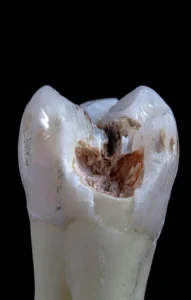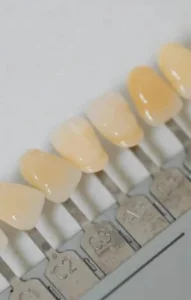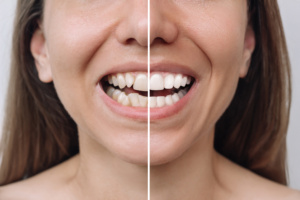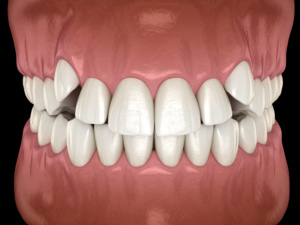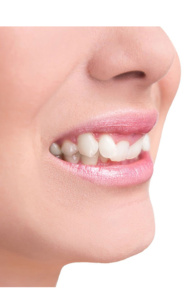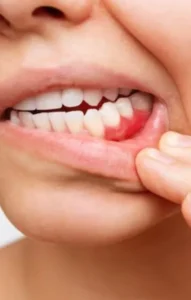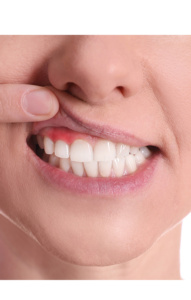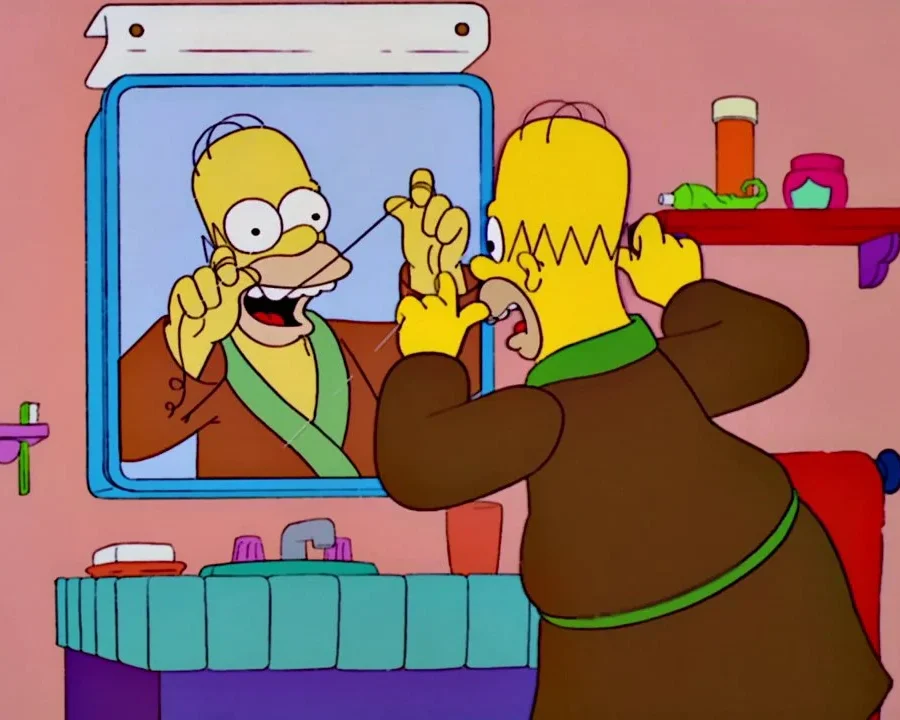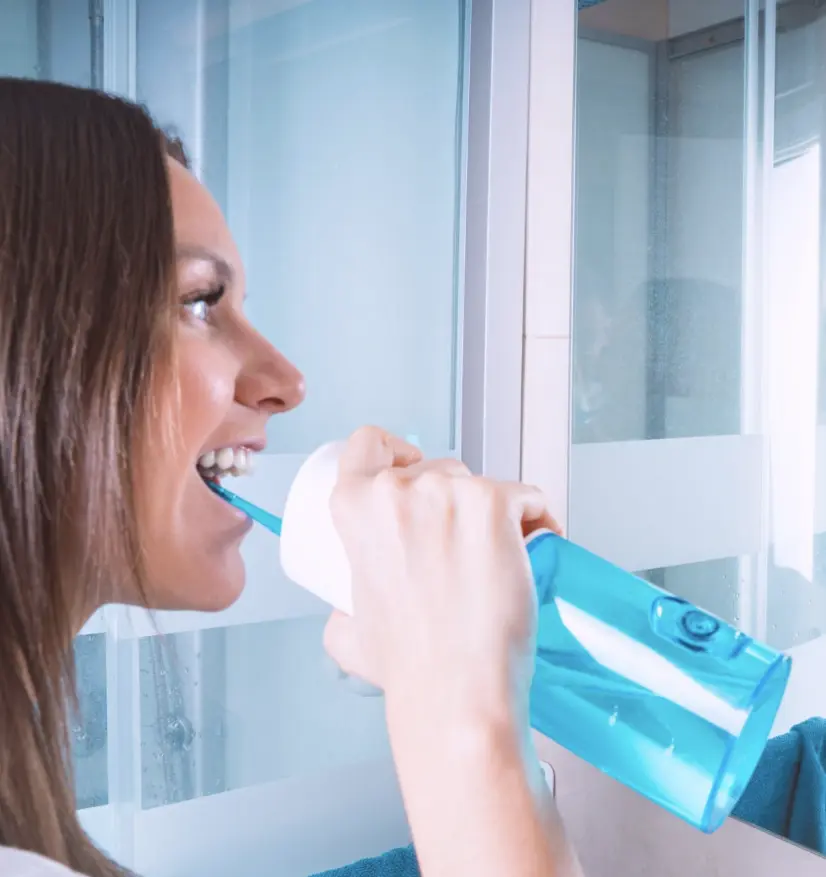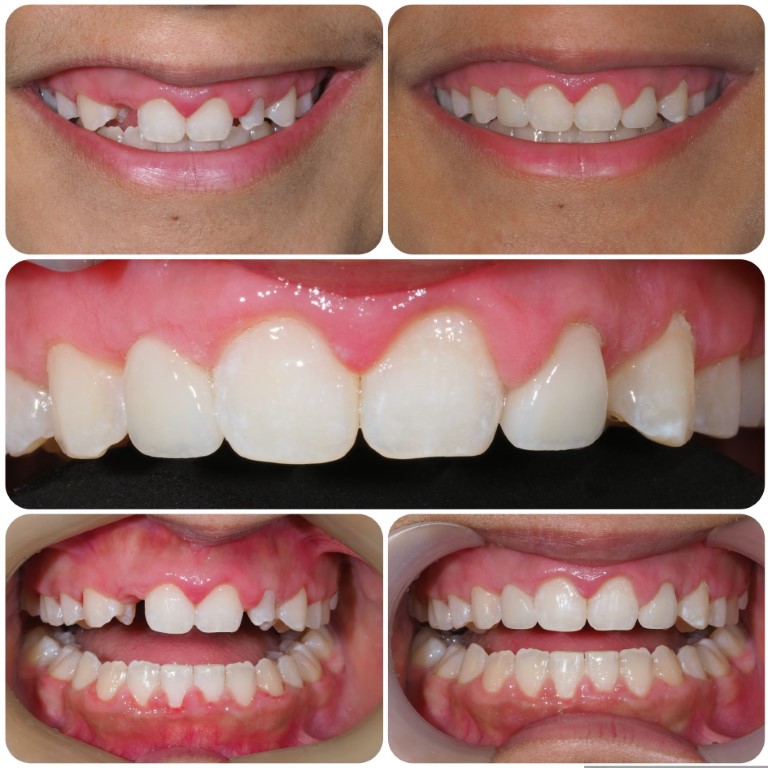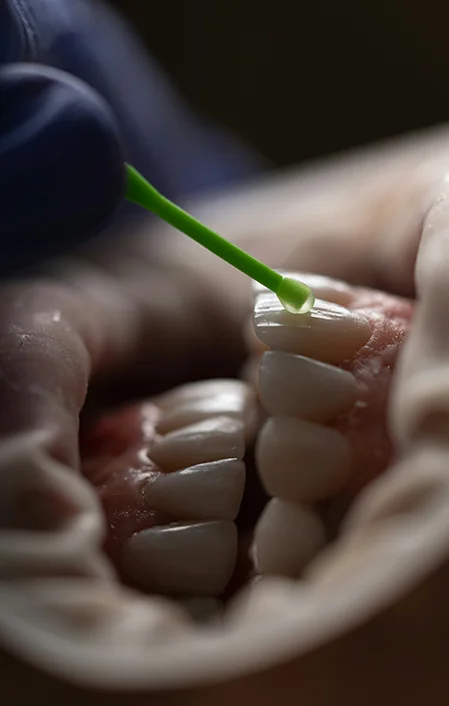
Veneers
Veneers have gained widespread popularity, frequently featured across various social media platforms. Dental Veneer treatment is an extremely popular choice for those seeking a fast cosmetic solution to achieve a more even, bright and attractive smile.
This dental treatment can effectively hide issues like crowding, gaps and tooth discoloration – transforming the appearance of your teeth with minimal fuss.
What is a Dental Veneer?
Veneers are also commonly known as “tooth bondings”. Veneers are an artificial layer of composite or ceramic which is bonded onto reshaped teeth to cover up any aesthetic concerns providing a solution to enhance your smile’s appearance.
Signs that you might need veneers include mis-shaped or mis-aligned teeth or poor colour and you’ve tried whitening and fillings but they don’t seem to work.
It is important to note that whilst dental veneers are a fantastic option to improve your smile – they may not always be the best solution. Remember to speak to us prior to any treatment to ensure that you are choosing the best dental veneer option in Cranbourne.
Choose us for your Dental Veneer Treatment
- Experienced Veneer Dentists
- Veneers cases often require multi-disciplinary treatment (such as Invisalign and teeth whitening). As an expert team of General Dentists, we are trained in all aspects of dentistry required to deliver you the best quality veneers that you deserve.
- Advanced Dental Technology
- We use advanced impression and imaging technology (3D Intra-oral scanners) together with the best, tried and tested dental labs to further enhance your experience and deliver outstanding results.
- Our results say it all
- Check out our social media pages or ask to see some case examples when you are in next.
- Quality above all else
- Here at Cranbourne North Dental, we pride ourselves in using the best technology and best dental labs to ensure your Veneers are something we can be proud of – we do not compromise on quality, and neither should you!
Need help with your Dental Veneer Treatment?
We have a variety of Payment Plans available – giving you the flexibility of paying for your Dental Veneers later.

Types of Veneers
There are several types of veneers which can be bonded onto your teeth:
- Porcelain veneers are known for their durability, stain resistance, and natural appearance, making them a popular choice for long-term aesthetic improvements. They require minimal maintenance and typically last longer than composite veneers. They are custom lab made (indirect dental restoration) and require multiple visits.
- Ceramic Veneers are another name for porcelain veneers. Whilst we use the two terms interchangeably, Porcelain is a type of ceramic and generally speaking, we tend NOT to use porcelain as the material of choice nowadays. The two main types of Ceramic Veneers used are E.max (Lithium Disilicate) or Zirconia veneers, the former being the most popular.
- Composite veneers are more affordable and can be applied in a single visit to the dentist and are made up of the same material as a dental filling. While they may not last as long as porcelain veneers and are more prone to staining, they can still provide satisfactory aesthetic results, especially for those with budget constraints or seeking a temporary solution.
Possible Veneer Complications
It’s important to note that with any dental procedure, some patients can experience complications with restorative dental work. These may include:
- Sensitivity of the teeth post-treatment.
- Post-operative pain or bleeding.
- Damage to adjacent teeth or tooth restorations.
- Eventual infection or abscess which may require treatment or drainage.
- Temporary swelling or bruising of the gums.
- Chipping, breaking or loosening of the dental veneer.
- Injury to soft tissues adjacent to filling due to bonding.
- A change in sensation or numbness to the lip, chin, face and/ or tongue which may be of a temporary or permanent nature.
- In some cases there may be a necessity for a more extensive restoration than originally diagnosed, such as a crown.
- Inability to exactly match tooth coloration.
- Changes in the shade, aesthetics, and appearance of the restoration may occur over time.
- All dental restorations have a limited life-span and will require eventual replacement.
Call Us or Book Online Now
Common Problems
Frequently Asked Questions
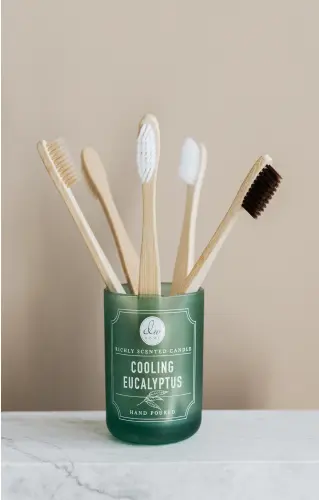
Should I get Composite Veneers or Porcelain Veneers? What’s the difference?
Determining whether to choose porcelain or composite veneers depends on various factors including your specific dental needs, budget, and aesthetic preferences. Porcelain veneers are known for their durability, stain resistance, and natural appearance, making them a popular choice for long-term aesthetic improvements. They require minimal maintenance and typically last longer than composite veneers.
On the other hand, composite veneers are more affordable and can be applied in a single visit to the dentist. While they may not last as long as porcelain veneers and are more prone to staining, they can still provide satisfactory aesthetic results, especially for those with budget constraints or seeking a temporary solution. Ultimately, consulting with your dentist to discuss your options and goals will help determine the best choice for you.
Should I get a Veneer or a Crown? What is the difference?
Custom-made crowns and veneers often use similar materials. Veneers typically necessitate minimal tooth preparation and are suitable for teeth with aesthetic concerns but are otherwise healthy.
Conversely, crowns involve more extensive tooth preparation and are preferred for teeth that are more broken down. While crowns can also address aesthetic issues, they are typically recommended when a substantial portion of the natural tooth is missing.
How long do Tooth Veneers last?
Veneers have an average lifespan of 5 to 10 years and after this period, black stains at the margin may occur and they may need to be replaced. Veneers are prone to chipping and fracture so additional protection such as an occlusal splint is recommended.
How much do Veneers cost?
Composite veneers can cost up to a few hundred dollars and ceramic veneers up to (a maximum of) about $1,500 per tooth. This depends on the style, material and difficulty of the case. Every case if different so consider making a Cosmetic Dental consult appointment with us to get an accurate quote.

